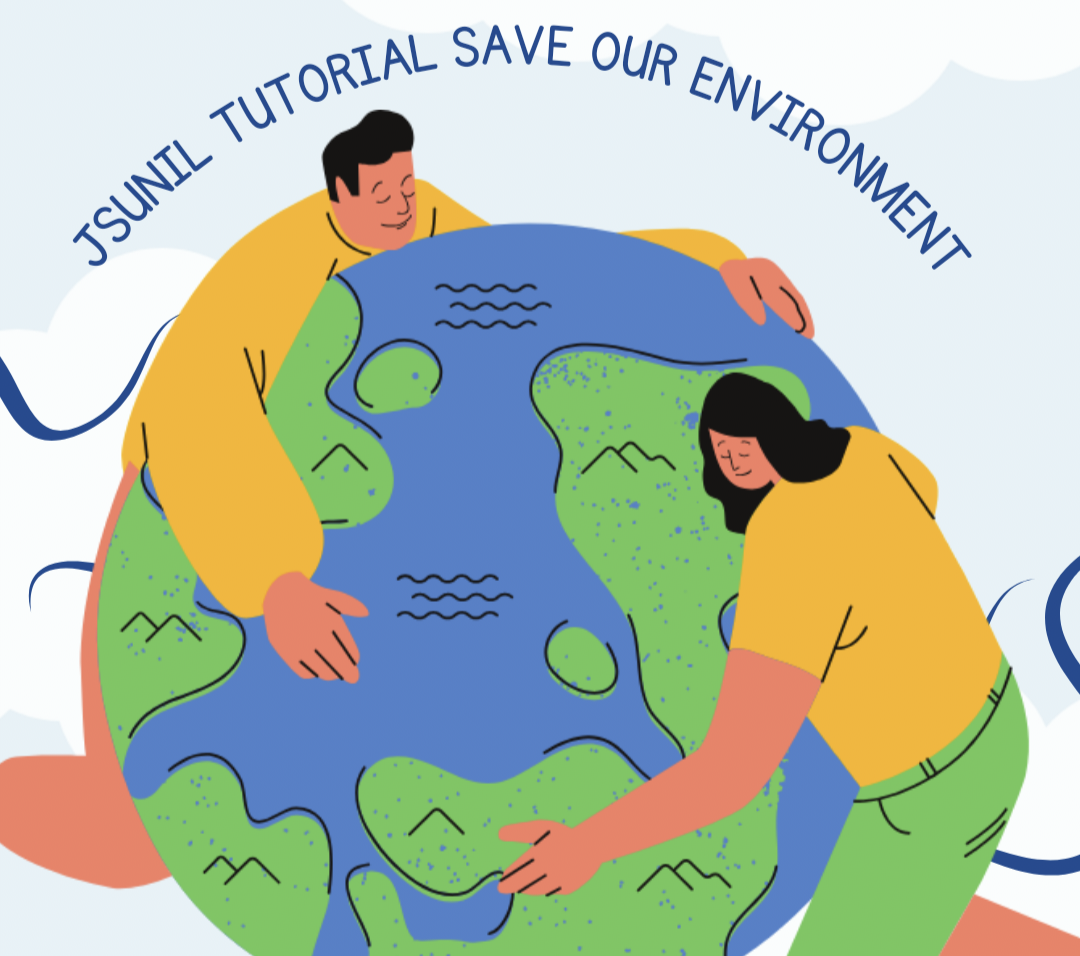Our environment🏙️ is a tapestry woven with ecosystems, intricate connections, and the delicate balance of life.
In Class 10 Science Chapter 15, "Our Environment," we embark on a captivating journey to understand the interplay between nature and human impact.
Let's dive into the depths of each topic, gaining a deeper appreciation for the world around us:
🌿 Ecosystems: The Symphony of Life
Ecosystems are dynamic communities where organisms interact with each other and their surroundings.
From the lush rainforests to the vast oceans, ecosystems vary in size and complexity.
Within each, energy flows through food chains, transferring life's sustenance from producers to consumers.
Learn how trophic levels maintain equilibrium and why disruptions can lead to cascading effects on the entire ecosystem.
🌍 Environmental Problems: A Global Call to Action
The flourishing of human society has brought forth environmental challenges. Pollution, deforestation, and habitat destruction are just a few examples.
Dive into the profound impact of these issues on our planet's health and biodiversity.
Explore the role of human activities, and ponder ways we can mitigate these problems to ensure a sustainable future.
🌫️ Ozone Depletion: Shielding Our Atmosphere
The ozone layer acts as Earth's natural sunscreen, absorbing harmful ultraviolet (UV) radiation from the sun. Understand how human-made substances, such as chlorofluorocarbons (CFCs), have triggered the thinning of this crucial layer.
Delve into the science behind ozone depletion, its consequences for human health and ecosystems, and the global efforts to curb its progression.
♻️ Waste Production and Solutions: A Cycle of Responsibility.
Waste production has escalated with modern lifestyles.
From plastics to electronic waste, our discarded materials pose challenges to both terrestrial and aquatic environments.
Learn about the three Rs: Reduce, Reuse, Recycle, as well as innovative techniques like composting and waste-to-energy conversion.
Discover how waste management practices can not only tackle pollution but also contribute to sustainable development.
🍃 Biodegradable vs. Non-Biodegradable: Nature's Recycling
Uncover the difference between biodegradable and non-biodegradable substances. Biodegradables, like food scraps and paper, can naturally break down into harmless components, enriching the soil.
In contrast, non-biodegradables, such as plastics, persist in the environment, causing long-term harm.
Reflect on the importance of choosing materials that align with nature's recycling processes.
🌱 Taking Action: Nurturing Our Planet
As stewards of the Earth, it's our responsibility to take proactive measures. Explore individual and collective actions to preserve our environment.
From sustainable living practices to advocating for policy changes, every step counts. Understand how our choices today can shape a greener, cleaner, and more harmonious world for future generations.
The journey through Class 10 Chapter 15 "Our Environment" is a revelation of the intricate connections that sustain life on Earth.
Ecosystems teach us the importance of balance, environmental problems remind us of our role as caretakers, and solutions empower us to enact positive change. As we explore the realms of ecosystems, pollution control, ozone layer conservation, and waste management, we uncover the potential for harmonious coexistence with nature.
Let's embark on this enlightening voyage together, united in our commitment to a healthier and more vibrant planet.
#OurEnvironment #Class10Science #Ecosystems #EnvironmentalChallenges #OzoneDepletion #WasteManagement #SustainableLiving


Comments
Post a Comment